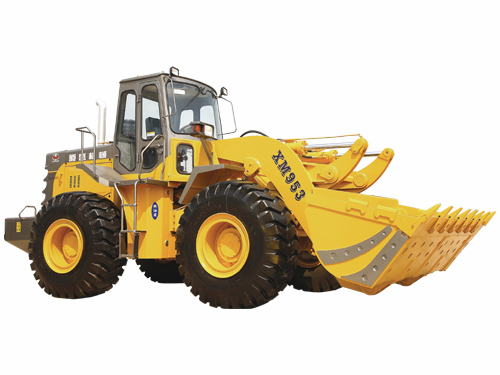The die casting process involves the use of a furnace, metal, die casting machine, and die.
The metal, typically a non-ferrous alloy such as aluminium or zinc, is melted in the furnace and then injected into the dies in the die casting machine. After the molten metal is injected into the dies, it rapidly cools and solidifies into the final part, called the casting parts.
The castings that are created in this process can vary greatly in size and weight, ranging from a couple of ounces to 100 pounds. One common application of die-cast parts are housings - thin-walled enclosures, often requiring many ribs and bosses on the interior.
Metal housings for a variety of appliances and equipment are often die cast.
Several automobile components are also manufactured using die casting, including pistons, cylinder heads, and engine blocks. Most home appliances also need lightweight and r aluminum die castingheat dissipation . Other common die cast parts include propellers, gears, bushings, pumps, and valves.
Drum Support,Drum Spider,Washing Machine Tripod,Washing Machine Support Ningbo Sunlee Electrical Technology Co. , Ltd. , https://www.sunleeelectric.com Since the successful holding of the Ritchie Bros. Used Construction Machinery Auction in Beijing, how to develop the secondary construction machinery market in the future and how to regulate the import of used construction machinery from abroad is also a problem to be solved. At present, second-hand products of well-known construction machinery manufacturers represented by countries such as Japan and the United States are flooding into the country, and brands such as Caterpillar, Komatsu, and Kubota are the darlings of second-hand construction machinery auctions. This has caused a series of problems in China's second-hand construction machinery market to flourish. However, with the gradual improvement of the second-hand market trading system and the continuous strengthening of the state's supervision of the secondary market, we will surely usher in a more healthy and orderly development of the secondary market for construction machinery.
Since the successful holding of the Ritchie Bros. Used Construction Machinery Auction in Beijing, how to develop the secondary construction machinery market in the future and how to regulate the import of used construction machinery from abroad is also a problem to be solved. At present, second-hand products of well-known construction machinery manufacturers represented by countries such as Japan and the United States are flooding into the country, and brands such as Caterpillar, Komatsu, and Kubota are the darlings of second-hand construction machinery auctions. This has caused a series of problems in China's second-hand construction machinery market to flourish. However, with the gradual improvement of the second-hand market trading system and the continuous strengthening of the state's supervision of the secondary market, we will surely usher in a more healthy and orderly development of the secondary market for construction machinery.
Based on the current confusion in the trading of products in the used equipment market and the fact that imported equipment is also mixed, the relevant state departments have issued a series of regulations in recent years to regulate them. For example, the "General Rules for Circulation of Used Equipment" was formally implemented on March 1, 2010. The "General Rules" set forth the requirements for the terms, definitions, classifications, quality, appraisal, assessment, evaluation process, and transactions of used equipment circulation.
Up to now, four domestic trade industry standards such as "Second-hand Excavator Circulation Requirements", "Second-hand Loader Circulation Requirements", "Secondary Concrete Pump Circulation Requirements" and "Second-hand Mobile Crane Circulation Requirements" have been formed. Review the manuscript and submit it to the relevant national department for review.
According to the latest understanding, according to the 2013 Ministry of Commerce No. 1 standard announcement, 51 domestic trade industry standards such as the "Regulations for the Construction and Management of Regional Large-scale Recycling Resources Recycling Bases" have passed the examination and approval by the Ministry of Commerce, including the technical requirements for second-hand forklifts, used asphalt mixing The technical requirements for equipment circulation and the rules for the preparation of technical specifications for used asphalt mixing equipment were formally implemented on July 1, 2013.
Such frequent introduction of industry standards and regulations is evident in the importance attached to the secondary market for construction machinery. However, based on the various problems exposed in the current secondary market, it is not enough to focus on the healthy and orderly development of the market. For a well-advanced market, there are only laws and regulations that do not work. There should also be relatively perfect quality appraisal agencies and professional practitioners, who should materialize the standards written on paper and regulate the development of the industry with actions. At the same time, as a third-party evaluation agency, its authority, impartiality, and credibility are also the focus of further standardization; for assessing the industry's market access standards, the accreditation qualification assessment is also the key to improvement.
Government policy aids the development of second-hand construction machinery